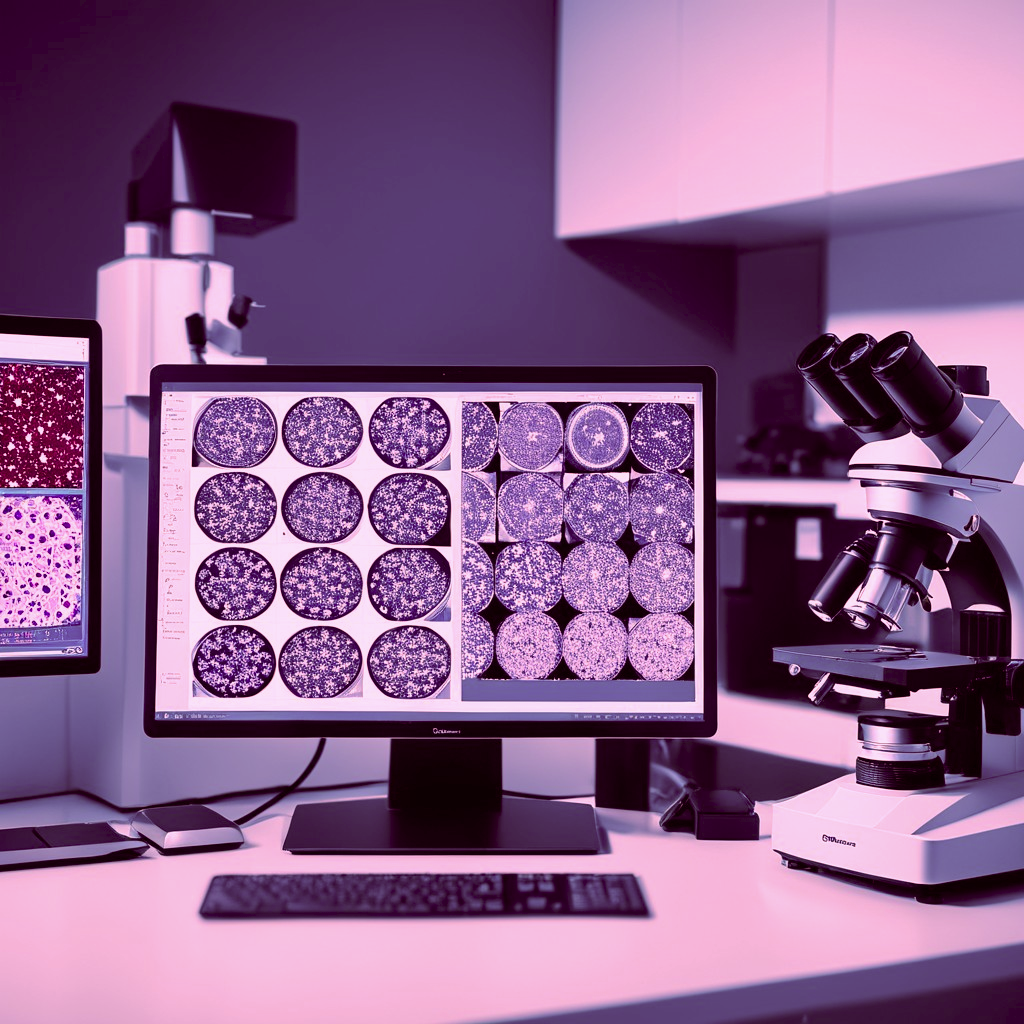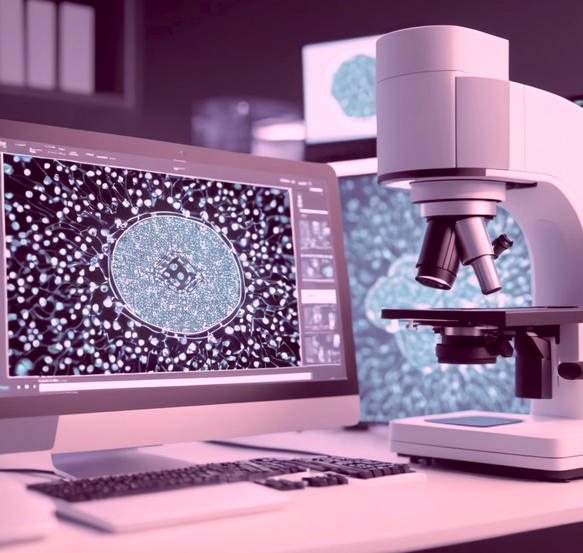Artificial Intelligence (AI) in pathology refers to the use of computer algorithms and machine learning models to analyze medical data, particularly images of cellular tissues, for the diagnosis and management of diseases. Pathology, as the science that studies cellular and tissue changes in the human body to identify diseases, has turned to AI tools to improve the accuracy and speed of disease diagnosis. AI in pathology utilizes advanced technologies such as deep learning and artificial neural networks to analyze digital pathology images and identify patterns of diseases such as cancer, infections, and other medical disorders.
Will Artificial Intelligence Replace Pathologists?
Artificial Intelligence serves as a powerful tool in the field of pathology, but the complete replacement of pathologists by AI is currently unrealistic. AI can assist pathologists in many aspects of medical diagnosis, such as more precise image analysis, identifying complex patterns in tissue samples, and speeding up the diagnostic process. However, the role of pathologists remains critical in vital cases and final clinical decision-making.

4 Reasons Why AI Can Never Replace Doctors!
1. Support: AI serves as a support tool to help pathologists reduce errors and shorten diagnosis time, but it cannot fully replace human clinical judgment.
2. Human Aspects: Many aspects of pathology involve understanding medical complexities, patient histories, and consulting with treatment teams. These aspects require human interaction and clinical experience, which AI cannot replace.
3. Ethical and Legal Challenges: Final decisions regarding diagnosis and treatment must be made with high precision, and the primary responsibility for these decisions remains with physicians. The use of AI in sensitive diagnoses may face legal and ethical challenges.
4. Continuous Development: With the continuous advancement of technology, AI can take on more tasks, but pathologists will remain essential as human supervisors to validate results and perform complex diagnoses.
Features and Benefits of AI in Pathology:
Artificial Intelligence (AI) in pathology has prominent features that help improve disease diagnosis and analysis. One of the most important features of AI is its ability for automated diagnosis. Using deep learning algorithms and digital image processing, AI can accurately and quickly analyze cellular tissue images and identify disease patterns such as cancer. This process can be completed in a shorter time compared to traditional diagnostics, helping pathologists make better use of large and complex datasets. Additionally, AI reduces human errors and increases diagnostic accuracy, enabling the identification of small issues and changes in tissue samples that may be difficult for humans to detect.
- Faster and Automated Diagnosis: AI algorithms can analyze large volumes of digital images in a shorter time with higher accuracy. This is particularly useful in the early diagnosis of diseases such as cancer.
- Increased Diagnostic Accuracy: AI can reduce human errors and detect hidden features and disease patterns with high precision that may be invisible to the human eye.
- Improved Treatment Processes and Outcome Prediction: AI can provide information about disease prognosis and patient response to treatment, helping physicians choose more effective treatments.

What's Happening in Iran?
AI in pathology in Iran is still in its early stages of development, but thanks to products like DigiPat, significant progress has been observed in this field. Given the growing importance of digital pathology and the benefits of AI in more accurate and faster disease diagnosis, universities, research centers like Milad Hospital in Urmia, and medical startups such as DigiPath have begun investing in and researching this area. In the near future, DigiPath will be a leader in digital pathology and AI plugins to further assist pathologists in faster and more accurate diagnoses. Insha'Allah.
To request a product demo, email: Info@digipat.ir
For consultation and product catalog inquiries, contact us: 09394214021
Images of DigiPat at the Isfahan AI Exhibition